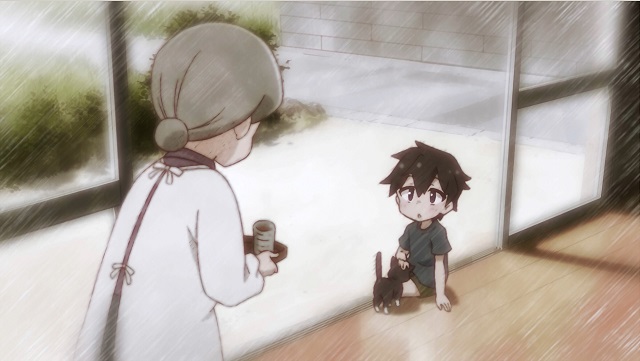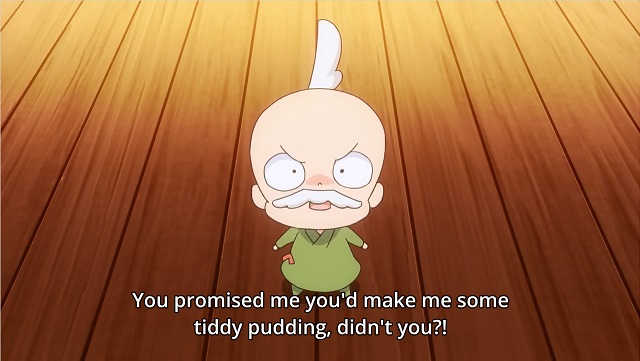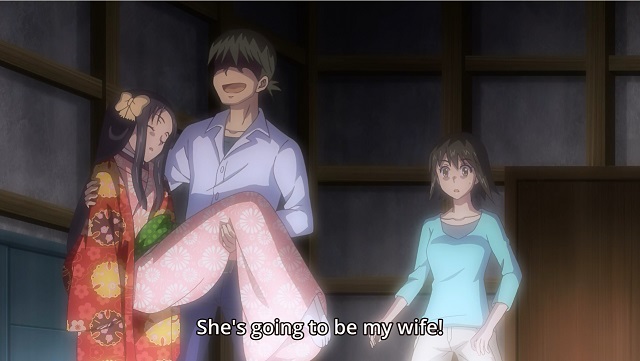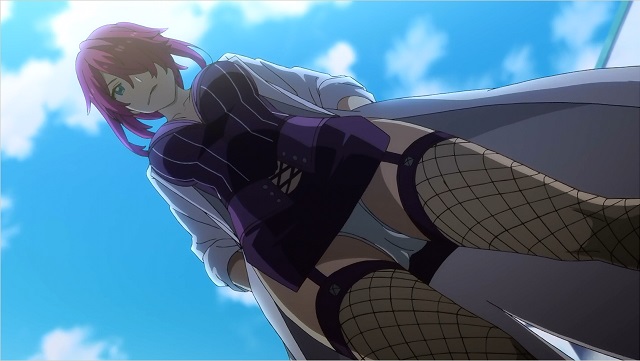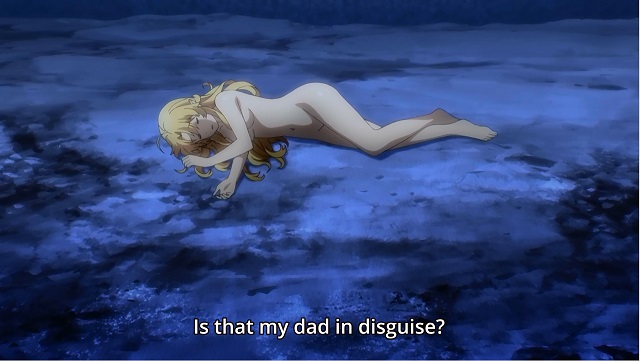To talk about Carole and Tuesday we first need to talk about Cyndi Lauper, and this song which the first episode is named after in particular:
(And judging by a certain prominent anituber’s ignorance on display during his preview, it is sorely needed to talk about her.)
So Cyndi Lauper. Started out in the eighties as a bit of a Madonna clone, broke through with this annoyingly cheerful ditty about girls wanting to have fun. She got three more top five US hits of her first album, released in 1983 and in 1986 got a number one hit with the song this episode is named after: True Colors. A slow ballad, this became a bit special when it was adopted as a gay anthem and if you look at the lyrics of the chorus it’s easy to see why that happened:
So don’t be afraid to let them show
Your true colors
True colors are beautiful
I see your true colors
Shining through (true colors)
I see your true colors
And that’s why I love you
So don’t be afraid to let them show
Your true colors
True colors are beautiful (they’re beautiful)
Like a rainbow
Oh oh oh oh oh like a rainbow
If this sounds a bit oblique in 2019, let’s not forget the context in which this was released: the eighties was not a good decade for LGBT people. The AIDS pandemic killed thousands upon millions of (mostly) LGBT people and few people seemed to care. Televison evangelists saw it as a judgement from god striking down the sinful, Reagan administration officials joked about the “gay disease” and Thatcher’s government was seriously proposing concentration camps for HIV positive people. Cyndi Lauper herself had lost a close friend to the disease and he was in her mind when she recorded this song, original an ode to the original song writer’s mother. She therefore fully embraced its status as a gay anthem, to the point where she would later name her charity to combat LGBT teen homelessness after it.
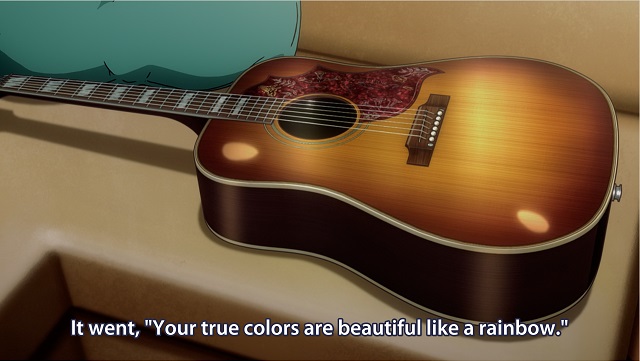
And in the first episode of Carole and Tuesday, Tuesday reveals it was hearing this song on the radio that made her want to become a musician, which ultimately led to her meeting Carole when she runs away to the big city from her middle class home to become a musician. We follow her as she runs away, gets her luggage stolen, wanders the city until she hears Carole playing her keyboard, just when she’s at her lowest. Carole meanwhile is shown as she goes through her day, working as a waitress at a fast food joint, getting lip from customers, taking revenge and getting fired, before she comes to the bridge she’ll meet Tuesday on. There she plays without much hope anybody will be moved by it, until she looks up to see Tuesday there, tears streaming down her face.
It’s a meet cute if there ever was one in anime, the two immediately bonding over music while having to run from the cops for busking. Carole takes Tuesday home, where they exchange stories about why they wanted to become musicians. When Carole confesses to having music but no lyrics, Tuesday reveals how much she inspired her, having come up with lyrics on the spot, leading to a very good sounding jam session. In English too, though that took me a few seconds to realise. The animation quality in the scene matches that of the music, as you’d expect from a series that revolves around it. The first episode really sets up the idea that these two have a special bond through their music. The second episode only reinforces that, as they sneak into a concert hall to play the piano there and their performance gets captured and uploaded to the ‘net. This doesn’t necessarily have to be a romantic bond, but it does feel like one.
In general, everything in Carole and Tuesday is a cut above what you’d expect from a good series. The animation is on point throughout the first episode and stays the same high quality in the second. The character designs look great too, each distinct without going into the usual anime short hands of outrageous hair colours. The only thing a little bit lackluster is perhaps the setting. The city of Alba looks vaguely futuristic but doesn’t feel like it’s on Mars in any significant way. Instagram is still around and cultural references are mostly to modern day artists like Daft Punk.
With episode two we get the opening, which is excellent throughout but off which I like the ending segment here the best. In a future where apparantly 99 percent of music is AI generated, cloning previous hits, here we have two young women who have the audacity to play live music. It’s a very ‘rock’ sort of story. Not unexpected, coming from Watanabe Shinichirō, the man behind Cowboy Bebop and Samurai Champloo. I don’t think the story will be as simplistic as human vs AI music, but so far the series has been setting us up to expect something revolutionary to come from Carole and Tuesday, as the opening narration outright tells us. The first two episodes had them as their main focus, but they had spent time setting up other characters, potential rivals perhaps, as well. It will be very interesting to see how this will work out.

